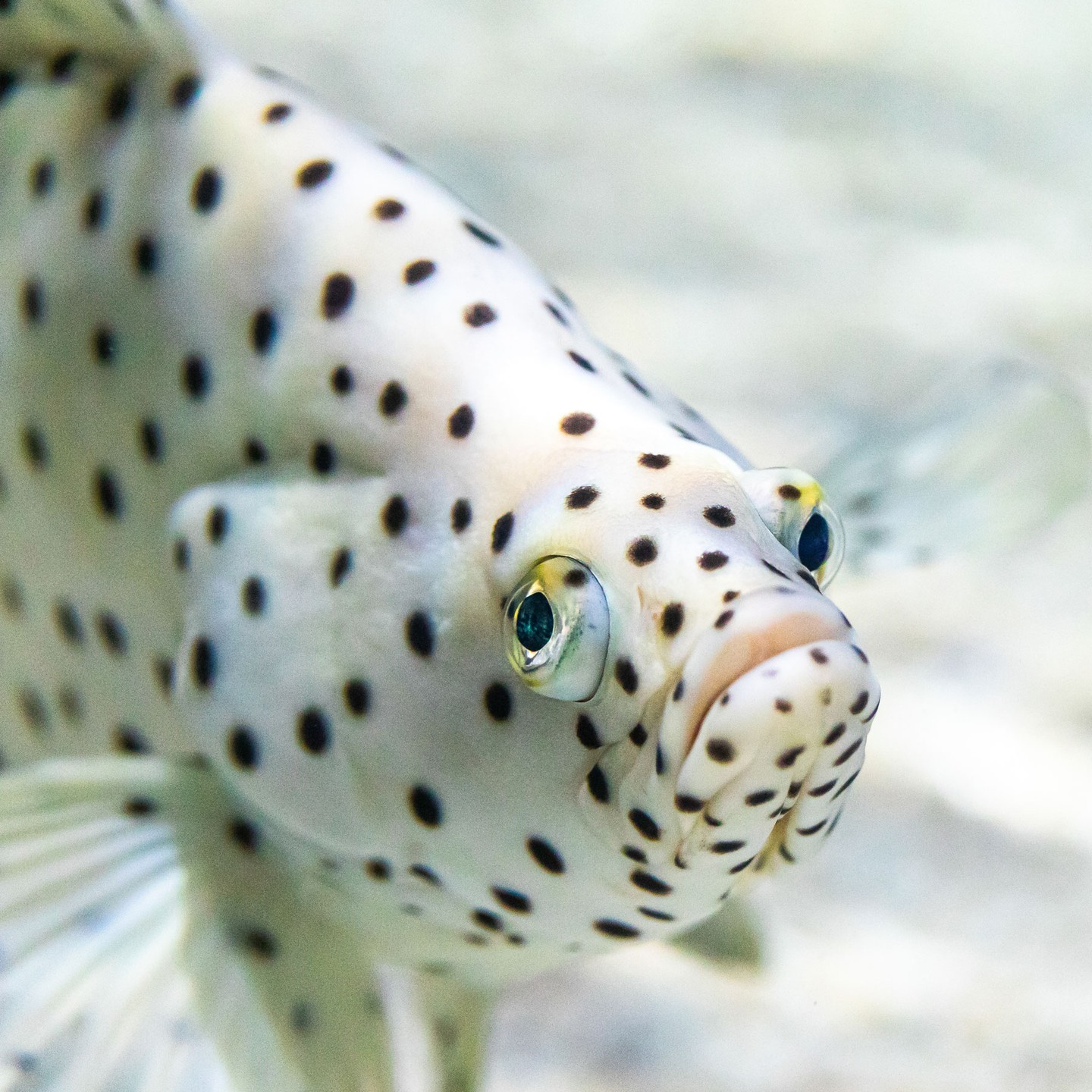Imagine, for a moment, diving into a world that bustles with life, a world teeming with various colors and patterns so vast that it surpasses a painter’s palette. This isn’t some fantasy land, but our Earth’s undersea wonderland. Beneath the azure surface lies a universe of fish that sports an incredible assortment of colorations and patterns.
Natural Artistry: A Dive into Fish Coloration
Fish have been perfecting the art of coloration for millions of years, far longer than humans have dabbled in pigments. From the radiant parrotfish to the muted hues of the flounder, fish don an astounding array of colors that serve more than just aesthetic purposes. These vibrant colorations and intricate patterns play pivotal roles in communication, survival, and courtship.
The Art of Deception: Coloration as Camouflage
One of the principal reasons for the diversity in fish coloration is camouflage, a handy adaptation for both predators and prey. The Picasso triggerfish, for instance, dons a complex pattern that confuses predators and masks its movement, while the leafy seadragon mimics floating seaweed to a tee. Conversely, the stonefish merges so well with its rocky surroundings that unsuspecting prey swims right into its mouth!
Billboards of the Deep: Coloration as Communication
Bright colors and intricate patterns often serve as neon signs of the deep, conveying vital information. For its part, the convict tang features bold, alternating black and white stripes that signify its unappetizing taste to potential predators. Meanwhile, the striking mandarin fish uses its psychedelic coloration to signal its toxicity.
The Dating Game: Coloration in Courtship
Nature’s palette plays a pivotal role in the complex dance of reproduction. Male Siamese fighting fish, for example, showcases vivid colors to woo potential mates and intimidate rivals. In contrast, the female wrasses use their subdued hues to blend in, leaving the males to put on a colorful spectacle to win them over.
Changing Colors: Masters of Disguise
Some fish take coloration to another level by changing their hues to suit their needs. The master of this game, the cuttlefish, can transform its coloration and pattern in seconds, perfect for sudden ambushes or quick getaways. On the other hand, the color-changing abilities of the peacock flounder help it blend seamlessly into various backgrounds.
An Underwater Palette: The Science Behind Fish Coloration
So, what’s behind this breathtaking diversity of fish coloration? The secret lies in the fish’s skin, containing special chromatophores cells. Loaded with pigment granules, these cells expand and contract to exhibit different colors and patterns. Some fish even have iridophores, cells that reflect light, creating a sparkling, metallic effect underwater.
In Conclusion: Preserving the Underwater Rainbow
We’ve only scratched the surface of the myriad of ways fish use colors and patterns in their daily lives. However, this underwater symphony of color is threatened by pollution, climate change, and overfishing. We need to take urgent action to conserve this irreplaceable resource. By understanding and appreciating the complex roles of fish coloration, we can inspire a new generation of ocean stewards to preserve this awe-inspiring display of nature’s artistry.
So, the next time you peer into an aquarium or snorkel through a coral reef, remember: you’re witnessing a live art exhibition millions of years in the making. How’s that for an art lesson?

